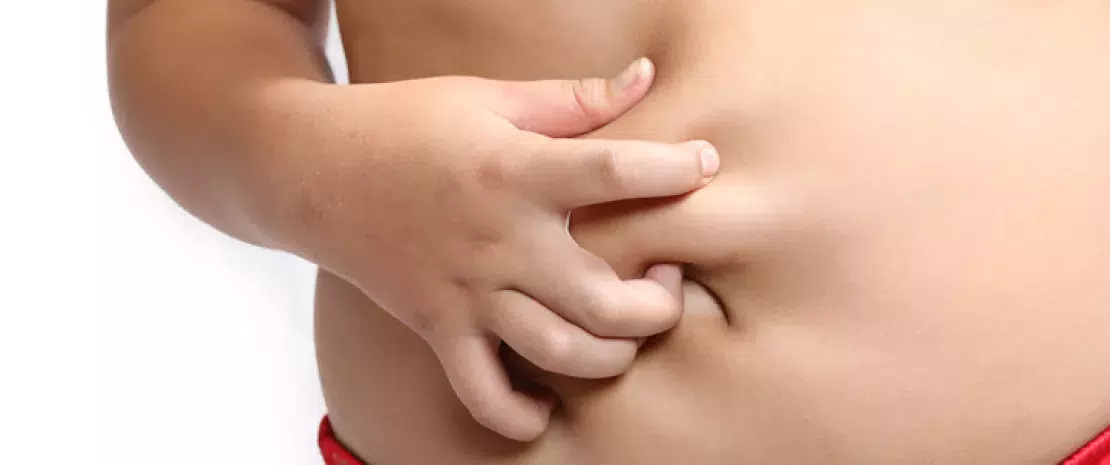The first four years of life are a key period for the development of the gut microbiota, based on the largest study ever carried out in children. This study was conducted in 903 American and European children and demonstrated that our “second brain” is built according to three very distinct phases. Between 3 and 14 months of age, bacteria colonize the gastrointestinal tract, settle and proliferate during the “developmental phase”. In the following 15 months, the flora experiences a “transitional phase”: some bacteria that were present until then disappear in favor of other species. Finally, starting on the 31st month, children’s flora “stabilizes” to reach its final state.
Breastfeeding seems to be a key factor…
According to the authors, breastfeeding, either exclusive or partial, is “the main factor impacting the composition of the microbiota during the developmental phase”. It is associated to the presence of beneficial intestinal bacteria (even if the children have also received formula or solid food), and to a lesser diversity. However, we know that the microbiota’s diversity is a sign of maturity. At the age of 14 months, the flora of breastfed children should thus be less mature than that of other children. But when their diet does not contain breast milk anymore, their microbiota gets richer and diversifies. The researchers wrote that “these results seem to confirm the idea that maturation of the intestinal flora is induced by weaning, and not by dietary diversification”. The earlier breastfeeding is stopped, the quicker the microbiota matures, but it is unknown whether the impact on children’s health is positive or not.
…as well as environment
Other result: vaginal delivery promotes the development of the intestinal flora of newborns. Similarly, growing with siblings and/or having pets impact the composition of the microbiota and seems to accelerate its maturation. These different results will be useful to future research: they will allow scientists to more precisely analyze the link between the microbiota and the onset of some diseases and provide the opportunity to assess new therapeutic strategies.








